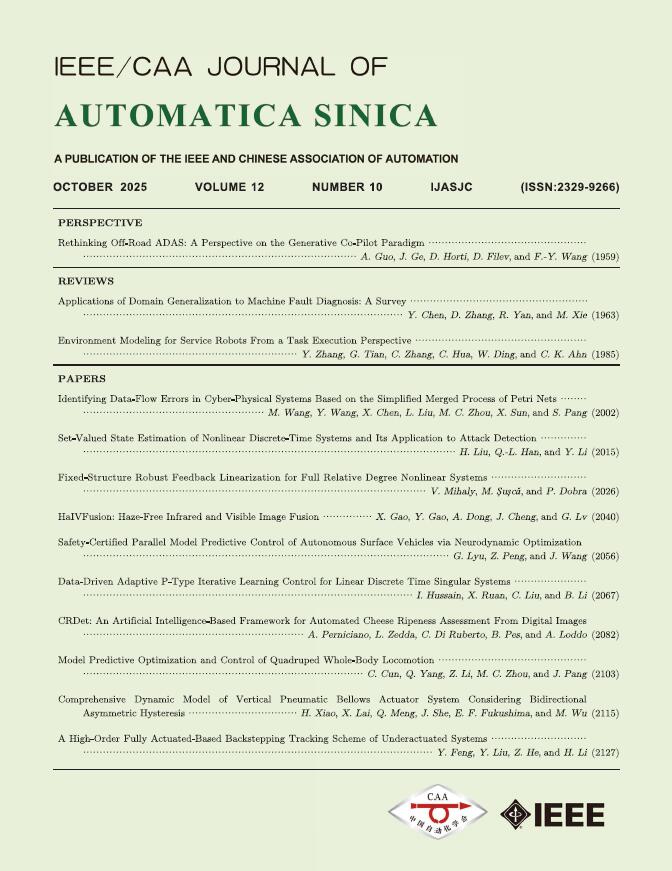2021, 8(12): 1877-1890.
doi: 10.1109/JAS.2021.1004003
Abstract:
The concept of sharing of personal health data over cloud storage in a healthcare-cyber physical system has become popular in recent times as it improves access quality. The privacy of health data can only be preserved by keeping it in an encrypted form, but it affects usability and flexibility in terms of effective search. Attribute-based searchable encryption (ABSE) has proven its worth by providing fine-grained searching capabilities in the shared cloud storage. However, it is not practical to apply this scheme to the devices with limited resources and storage capacity because a typical ABSE involves serious computations. In a healthcare cloud-based cyber-physical system (CCPS), the data is often collected by resource-constraint devices; therefore, here also, we cannot directly apply ABSE schemes. In the proposed work, the inherent computational cost of the ABSE scheme is managed by executing the computationally intensive tasks of a typical ABSE scheme on the blockchain network. Thus, it makes the proposed scheme suitable for online storage and retrieval of personal health data in a typical CCPS. With the assistance of blockchain technology, the proposed scheme offers two main benefits. First, it is free from a trusted authority, which makes it genuinely decentralized and free from a single point of failure. Second, it is computationally efficient because the computational load is now distributed among the consensus nodes in the blockchain network. Specifically, the task of initializing the system, which is considered the most computationally intensive, and the task of partial search token generation, which is considered as the most frequent operation, is now the responsibility of the consensus nodes. This eliminates the need of the trusted authority and reduces the burden of data users, respectively. Further, in comparison to existing decentralized fine-grained searchable encryption schemes, the proposed scheme has achieved a significant reduction in storage and computational cost for the secret key associated with users. It has been verified both theoretically and practically in the performance analysis section.


 E-mail Alert
E-mail Alert


